
Review sample supplied by Vinshine Audio
EU Retail price incl. VAT: 1.090 euro
Ares 12th-1
At first glance, it seems quite an unusual model name, but there’s a good reason for the strange nomenclature: to celebrate Denafrips’ 12 years of digital audio expertisFe.
Based on the entry-level model Ares II (recently renamed to Enyo), the Ares 12th-1 is Denafrips’ Anniversary Edition DAC, offering various improvements over the Ares II. While the two are technically related, Denafrips states there are “various performance enhancements”; indeed, the internal layout is quite different. The only element that seems unchanged is the large toroidal transformer, although this element may have also been upgraded. I have no specifications of the earlier model, but the new one is wound using ultra-pure OCC copper.
The PCB layout has been rearranged and there are now fewer, but larger capacitors, said to be OEM models made to Denafrips specification. Also changed is the IEC inlet, which is now Gold-plated OCC copper and is intentionally not fitted with a power switch, for maximum sound quality. Besides an internal overhaul, the Ares 12th-1 also incorporates an I²S input and has a redesigned anodized aluminum chassis with chunky top and side panels.
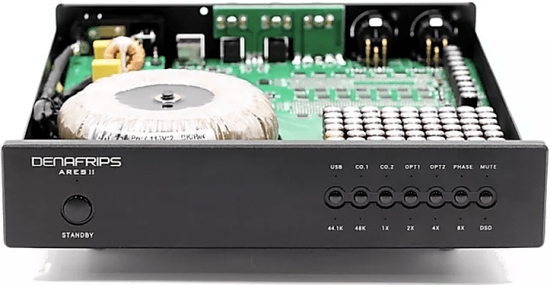
Above: Ares II; Below: Ares 12th-1 Anniversary Edition
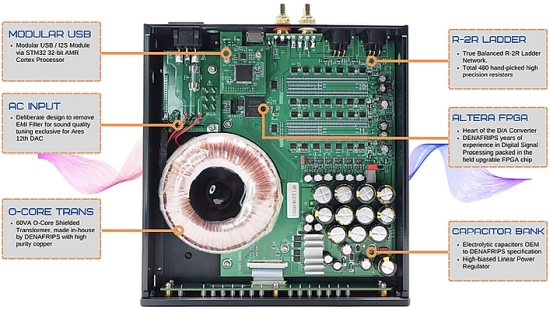
As typical for Denafrips, the Ares 12th-1 is a fully discrete, true-balanced R-2R ladder design. It uses no less than 480 Low-Thermal-Effect, High-Precision, Hand-Matched 0.01% Resistors for the D to A conversion, which is controlled by custom software on an FPGA chip. There are two FEMTO Crystal oscillators, one running at 45.1548MHz and one at 49.152Mhz. DSD is converted using 6-bit 32-step FIR Filters.
The DAC employs a proprietary Solution via STM32F446 Advanced AMR-Based MCU for USB. No driver is needed for Mac and Linux, but there is a Thesycon USB Driver For Windows Platforms.
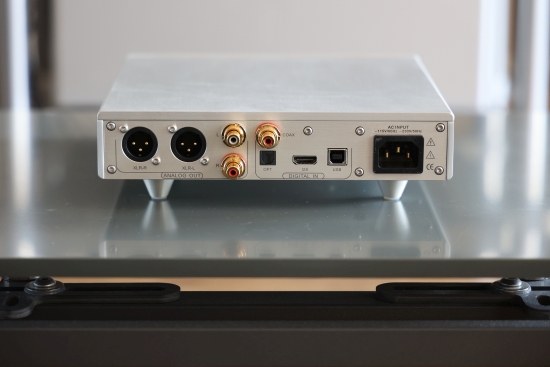
With its coaxial, Toslink, and USB inputs, the Ares 12th-1 can be used with any digital source and converts 24bits / 44.1, 48, 88.2, 96, 176.4, 192kHz PCM and DSD64 @ 2.8224MHz (DoP) via any inputs. Via its USB 2.0 input, the DAC converts DSD1024 @ 45.1584MHz and 1536kHz PCM.
Additionally, the Ares 12th-1 also offers an I2S input, which is ideal for the Arce streaming endpoint.
Meanwhile, the DAC is still highly affordable at 1090 euros.
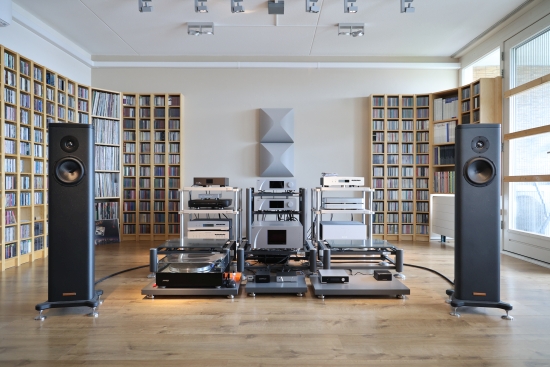
System Context
The Ares 12th-1 will be listened to in my main system, which consists, in the basis, of a CH Precision L1 preamp, A1.5 power amp, and Magico S1 MkII speakers. Digital sources include the Aqua La Diva M2 CD transport, Aqua LinQ network interface, and the Grimm MU1 and Antipodes Oladra music servers. Speaker cables used are the Jorma Unity. Interlinks are the unbalanced (RCA) and balanced (XLR) Driade Flow Link Reference 808. The CH system sits on Artesania Exoteryc and Aire racks, while the digital sources sit on HRS EXR racks.
Running In
This DAC had already been used by another reviewer before arriving on my doorstep, but just for good measure, I gave it several weeks of sipping on the power before assessing it.
NOS or Oversampling
NOS, as the name suggested, does not over-sample the digital input data like most DACs do but instead decodes the pure input signal directly. I had already established a preference for the NOS mode as part of earlier Denafrips DAC reviews. As such, I have not experimented with this for this review. For me, the Oversampling mode takes away from the DAC’s inherent purity, but the function can be useful if one wants to tweak the sound using slow or sharp filters.
During my earlier Denafrips DAC review, I found an inconsistency with the description of the phase button behavior for the Ares II compared to the other three DACs. However, in the Ares 12th-1 manual, the description has been amended and is now the same as for all other Denafrips DACs: “Phase LED On: Positive Phase, Phase LED Off: Negative Phase”.
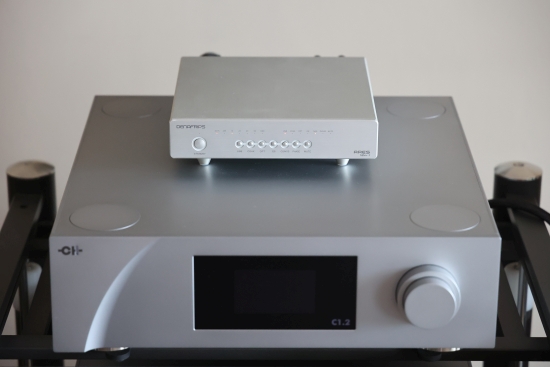
Earlier experience
My first experience with Denafrips was in early 2022, when I reviewed four of their DACs to find out precisely how they compared. These included the Ares II, Pontus II, Venus II, and Terminator Plus, models spanning the range from the entry-level, all the way to the top tier. As can be read in that review, I was impressed with the consistently high performance of each unit in its respective price range. Although the models all deviated somewhat in certain sonic aspects, there was a consistent familiarity throughout the range that binds them all: amazing clarity and transparency.
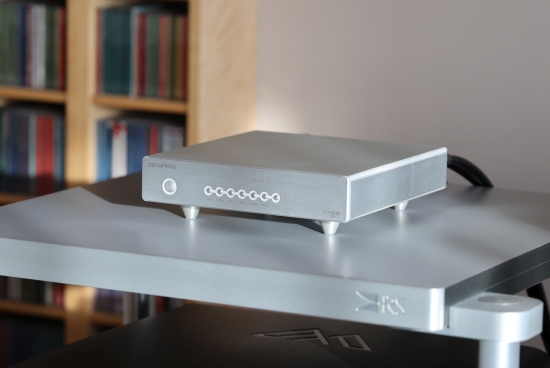
Placement
The Ares 12th-1 was listened to on all my racks and eventually found to sound best on the HRS EXR rack. Naturally, the EXR rack is massively beyond the price class of this DAC, but this still has value in the real world. Knowing that it works best on the HRS rack means it will likely work better on solid and massive racks than light and flexible racks.
First Listening
Starting with a coaxial input from the Grimm MU1, the Ares 12th-1 sounds surprisingly articulate, transparent, and very finely detailed. Its performance is so much better than one expects at the price that I briefly wondered if DACs at much higher price levels actually outperformed it. I am used to listening with the superb and very costly CH Precision C1.2 DAC, and the most affordable DAC I have is the Aqua Formula xHD that still costs almost 14K. And now we have a tiny Denafrips DAC at 1100 euros that is turning things upside down? Well, not quite, of course, as I will explain. But it comes much further than expected.
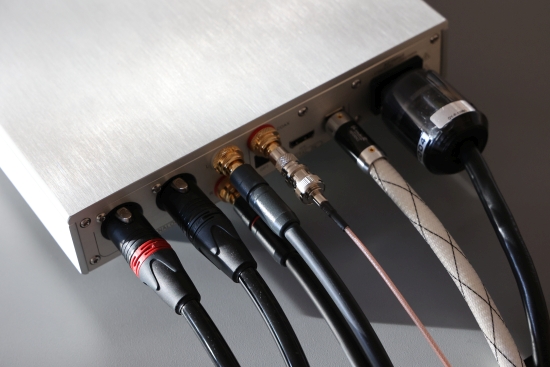
Balanced versus unbalanced outputs
Using two Driade Flow Link Reference 808 interlinks, one RCA, and one XLR, I compared the Ares 12th-1’s analog outputs. Again, the little DAC performs admirably. The Ares 12th-1’s balanced outputs provided slightly higher precision and a little more grip, but otherwise they sounded exactly the same. This perceived difference is predominantly a deviation in the DAC but can be attributed to the usual differences between the two formats and how they are handled in the receiving component, in my case the fully balanced CH L1 preamp. So, using either XLR or RCA, the user can make the DAC just a little cleaner and more precise, or a little smoother and more fluid, just as the situation requires. As mentioned, I used identical interlinks, but the relative differences may turn out very differently depending on the interlinks one uses. In any case, I continued with RCA for the rest of this review.
In comparing with the Aqua Formula xHD DAC (also using RCA interlinks), and after carefully adjusting for output level differences on the analog preamp, the Aqua offers a smoother, tonally richer, more fluid, more organic, less technical, and more human and natural perspective. The Ares 12th-1, on the other hand, is more static but crisper, slightly more highly resolving, and has a more immediate transient attack. Further, the Aqua DAC confirms the Ares 12th-1 to be a little hot and forward from the upper midrange and up. In terms of focus, there is nothing between the two DACs, but the Ares 12th-1 is flatter and less spacious. Basically, the Denafrips is technically more impressive, but the Aqua has more schwung and is better at conveying the emotional content of the music. It’s impressive, nonetheless, given that the Ares 12th-1 costs 1/14th of the Aqua.
If you want audiophile performance and incredible insight into your recordings, this DAC will provide it but don’t expect it to add smoothness, warmth, or romance to your music. The Ares 12th-1 excels in purity, transparency, neutrality, and precision. It sounds super-articulate, fast, sparkly, and exciting, with no blurring or thickness. It possesses a level of resolution and refinement that I normally only expect from much more expensive products. However, it does verge on the lean, dry, and slightly clinical or factual side of things. As a case in point, Roon always sounds more voluptuous, less incisive, and sparkly than other server software. But with the Ares 12th-1’s ultra-crisp delivery, I could not even tell I was listening to Roon, and it felt more like an MPD or UPnP source.
While this is not strictly ideal, it is no bad thing at all for an entry-level product. Rather, I’d consider it an advantage for the average user looking for a DAC in this price class. I may be generalizing, but chances are that the rooms in which this DAC is likely to be used are not acoustically optimized and the speakers may be placed non-ideally due to space constraints. Under such circumstances, the Ares 12th-1’s superbly clean, crisp, and highly resolving nature is likely to be very welcome. Maybe even game-changing.
Also, and this is an important one, a very neutral or lean product can easily be tweaked to sound fuller or more saturated. However, the inverse is nearly impossible for an inherently smooth, thick, and warm product.
Next: Antipodes Oladra, USB, and Conclusion





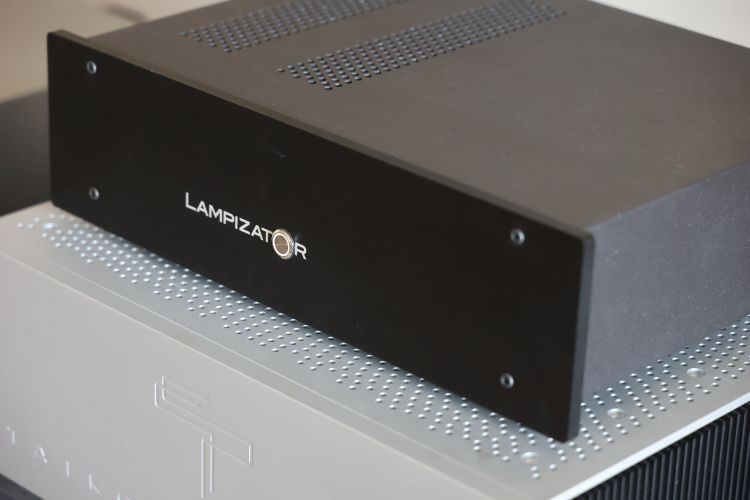
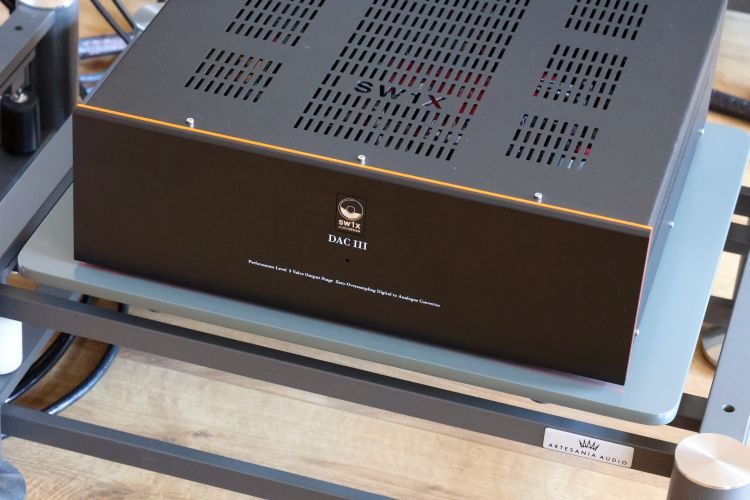
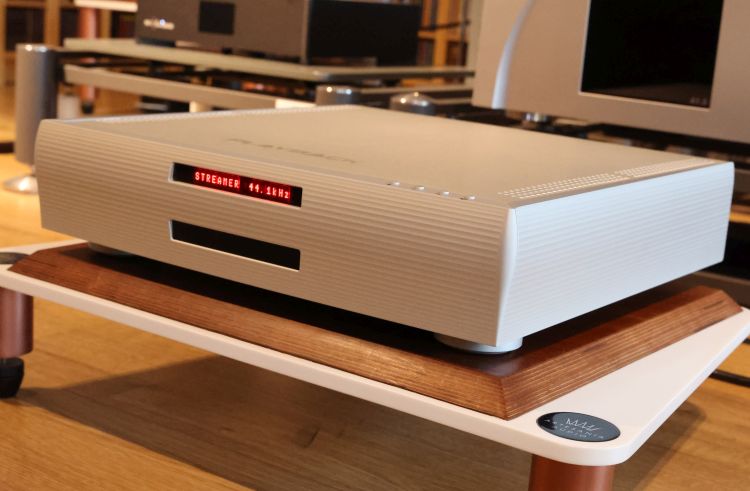
Thanks for reviewing this one!
I’ve noticed some improved sonics benefits trying both SR Pink fuse and also the M-2 fuse from Audio Magic.
Heard there are new 15th Anniversary models out now, too.
Oh yes, fuses can have a much larger effect than some give them credit for!
I was under the impression the 12th was the most recent range when starting on the review, but indeed, there seems to be a 15th range coming as well, although it is not yet available in Europe. I have no further details on this but from the looks of it, the 15th model is a further iteration of the earlier design.
Hard to believe or understand how an R2R dac can sound “lean”.
Maybe you are referring to the classic Philips converters? These sound the way they do primarily because of the decoder/oversampler/filter, S/PDIF encoder and IC’s that were used. The conversion method is only one of the ingredients that decide a DAC’s sound.